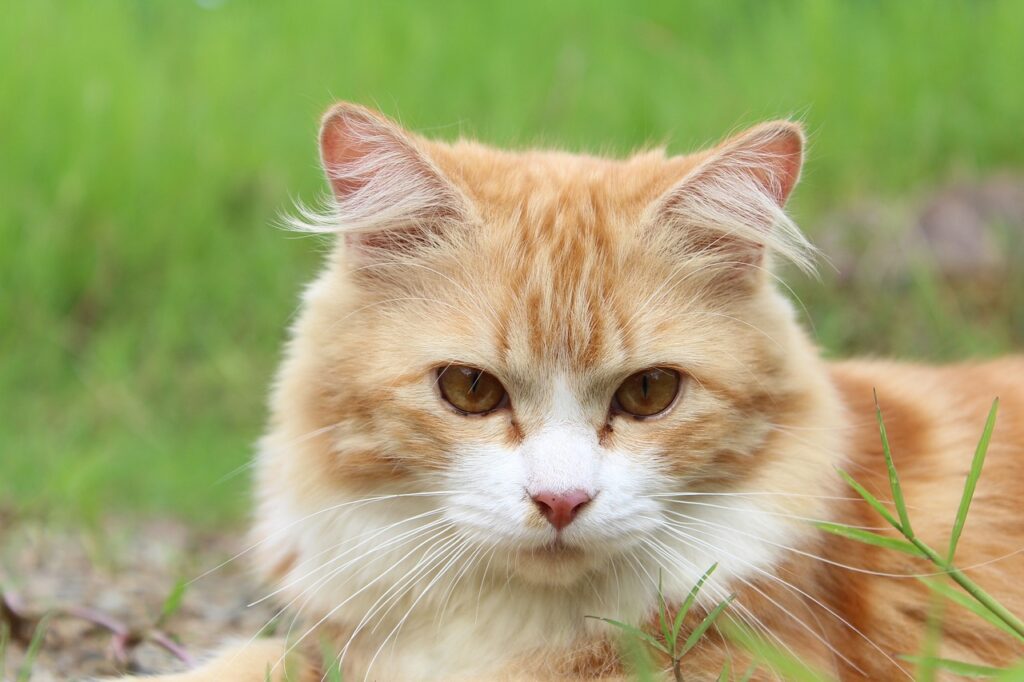Can Cats Eat Seaweed? – Yes, They can
Yes, cats can certainly nibble on some seaweed. Seaweed, the marine marvel, isn’t just for sushi – it packs a punch with nutrients beneficial for your feline friends. While it’s generally safe for most cats, introducing it in small portions is key to ensuring your kitty’s stomach agrees with this oceanic offering.
Can Kittens Eat Seaweed?
Yes, but with caution. Kittens can have a little seaweed as part of their diet, but their developing digestive systems are sensitive. You’ll want to make sure seaweed is introduced to your kitten’s diet gradually and in minimal amounts, so as not to distress their tiny tummies.
Things to consider when feeding seaweed to kittens?
When giving seaweed to kittens, consider the iodine content which is essential but can be harmful in excess. Also, ensure the seaweed is plain and free from spices or salt that can be toxic to kittens. Lastly, keep watch for any adverse reactions given their young age and adjust their diet accordingly.
Nutritional Benefits of Seaweed for Cats – Why Seaweed is good for Cats
Vitamins
Seaweed is a treasure trove of vitamins, including A, C, and E, which are vital for maintaining healthy vision, skin, and immune function in cats.
Minerals
It’s bursting with minerals like iodine, which is pivotal for thyroid health, and taurine, an essential amino acid that felines need for heart and eye health.
Antioxidants
Antioxidants in seaweed help counteract free radicals, protecting kitty cells from damage and supporting a robust immune system.
Fiber
A sprinkle of seaweed can aid digestion for your furry friend, thanks to its dietary fiber – helpful for those with sluggish digestive tracts.
Omega-3 Fatty Acids
The Omega-3 fatty acids present in seaweed promote a sleek coat, reduce inflammation, and boost brain health in cats.
Potential Allergies: Can Cats Be Allergic to Seaweed?
While not common, cats can develop allergies to any food, including seaweed. Monitor your cat when trying seaweed for the first time.
Symptoms of Seaweed Allergies in Cats
- Itchy Skin: Look for scratching more than usual, which can indicate discomfort associated with an allergic reaction.
- Gastrointestinal Issues: Watch for signs like vomiting or diarrhea, which can suggest your cat’s system is rejecting the seaweed.
- Respiratory Problems: If your cat is showing coughing, wheezing, or other breathing difficulties, it might signal an allergy.
What to Do If Your Cat Shows Symptoms?
- Immediate Diet Adjustment: Remove seaweed from your cat’s diet promptly if any symptoms occur.
- Veterinary Visit: Seek professional help to correctly diagnose and treat the allergic reaction.
- Alternative Foods: Offer other cat-safe foods that provide similar nutritional benefits without the allergic response.
Recommended Amount: How Much Seaweed Can a Cat Consume?
Cats should only eat seaweed in small quantities. A pinch of dried seaweed once or twice a week is enough to serve up its benefits without overloading their system.
Things to Consider When Feeding Seaweed to Cats
Ensure the seaweed is clean, plain, and free of additives. Also, cater to your cat’s taste and adjust serving sizes based on their specific dietary needs and activity levels.
How to Feed Seaweed to Cats: A Quick Guide
Seaweed can be a delightful and nutritious treat for your cat when served correctly. Here’s how you can safely incorporate it into their diet.
Plain Seaweed Snack
Offer a small piece of plain, dried seaweed to your cat. Make sure it’s unsalted and unflavored to avoid harmful ingredients.
Seaweed-Infused Mealtopper
Crush a small piece of dried seaweed and sprinkle it over your cat’s usual food. It’s a simple way to enrich their meal with added nutrients.
Savory Seaweed Broth
Steep some seaweed in warm water to create a savory broth. Cool it down and pour a little over their food for a taste of the sea.
Conclusion
To sum up, seaweed can be a healthy snack for your cat when given in moderation. Always keep an eye on portions and watch for any signs of allergies. With these tips and guidelines, you can safely add a little oceanic variety to your cat’s diet.



